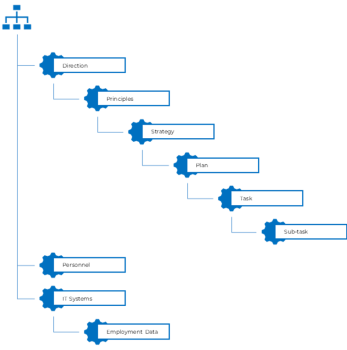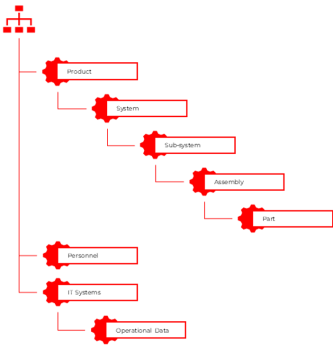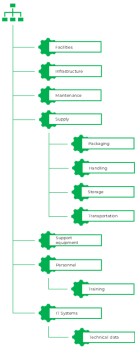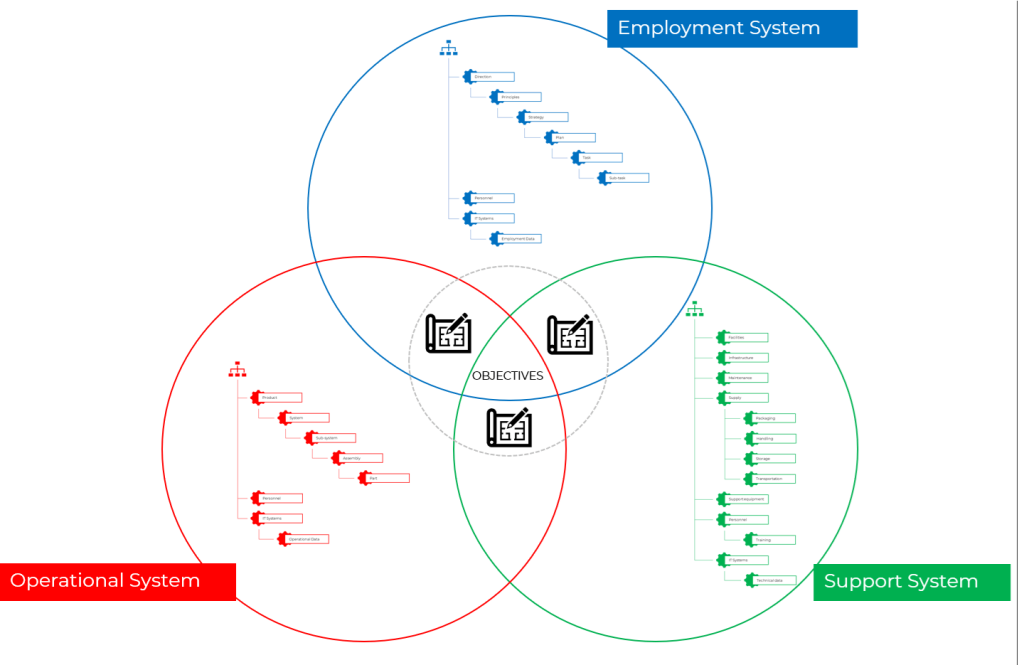About Aspire
No organisation is completely happy with the performance of its equipment.
That’s because sustaining the performance of your equipment is hard.
In fact, one of the biggest risks associated with employing equipment is the hidden on-going investment that you have to make to keep it performing. That investment has a name…
Support.
Support is inevitable; for your equipment to perform consistently you will have to provide it. So, how do you make sure that you invest wisely?
We know what you’re thinking and, you’re right. That is a very difficult question to answer. Fortunately, we’re here and we can help you.
We train, guide and collaborate with you to design the support solution that will keep your equipment performing, so you can deliver your service effectively and efficiently.
For nearly three decades, we have been working with people and organisations, like you, to work out not only the most efficient way to support their equipment – the right investment to make to keep their equipment performing – but also the most efficient way of working out how to support their equipment.
We can help you.
But, first, let’s make sure that we’re on the same page. We’ve used the phrase ‘Support Solution’ a few times now, let’s take a moment to make sure that we are thinking about the same thing…
Support Solution
So, what exactly is your Support Solution?
We have already introduced two aspects of your Support Solution. We’ve mentioned your equipment and we’ve mentioned the support that will be required to keep your equipment performing.
But they are just two aspects of a far broader picture. To define what your Support Solution is, we first need to recognise that, while your equipment plays an important part, capability isn’t delivered by equipment alone.
Capability is delivered by what you might call a System of Systems but what we’ll refer to as the Total System. The Total System, when we talk about it, comprises three major sub-systems:

1. The Employment System
You may not think about it in these terms but every organisation, including yours, has an Employment System. This system includes the functions associated with setting the principles by which your organisation operates. Those functions that devise the strategies and plans that your organisation executes. Eventually, the functions that define the tasks required to deliver the against plans.
In short, the Employment System comprises those business functions that will eventually lead to your equipment being used to complete a task.

2. The Operational System
Your Operational System performs the tasks that have been defined by your Employment System. It usually includes two major aspects. The first is your equipment and the second is your personnel – the equipment operators. It is the combination of those two elements that must execute a task.
Examples of an Operational System are:
Taxi – this would break down to a driver and a car.
IT Helpdesk – this would break down to the hardware, software and the helpdesk staff.
Quarry – this would break down to the collection of excavators, bulldozers, loaders, trucks etc. plus the skilled drivers.
Aircraft Fleet – this would break down to the aircraft which comprise the squadrons and the pilots and other crew.

3. The Support System
Your Support System is charged with enabling your Operational System to perform the tasks defined by your Employment System, for as long as is required to meet your objectives.
When you design support, you design more than just your Support System.
- You influence how your Operational System will be used.
- You influence the design of the Operational System.
- You design your Support System.
The combination of these things is called your Support Solution.

Support Analysis
Your support solution is designed using a collection of analyses and techniques that is traditionally referred to as logistic support analysis, but you might refer to it as product support analysis, support engineering or supportability engineering.
Support analysis includes (but isn’t limited to):
- support requirements analysis
- support analysis planning
- support analysis management
- support analyses such as failure modes and effects analysis (FMEA), reliability-centred maintenance analysis (RCM), maintenance task analysis (MTA)
- support modelling and optimisation
- ongoing in-service support analysis
- support analysis assurance
We are your guide to support solutions because we are experts in support analysis. It’s what we do. We study it, we live and breath it so that, when you need help to plan, manage, execute and implement the support analysis that will design your support solution, we can be that help.
A Systems Approach
We have described your Support Solution with reference to multiple systems (above). The original name for the systems approach to support is integrated logistic support (ILS), but contemporary terms also include integrated product support (IPS) or integrated lifecycle support (ILS). We refer to it as Integrated Support.
The only way to ensure that your Support Solution is at its optimal best is to employ this systems approach to support from the very earliest days. You must design your Employment, Operational and Support Systems simultaneously so they complement each other, and so you can exploit trade-offs between the designs.
The systems approach continues through life, ensuring that throughout the inevitable changes, improvements or optimisations that you will make, the Total System is your focus.
No organisation is completely happy with the performance of its equipment, but it could be.
We use a systems approach to support to ensure your equipment can deliver on your promises. Find out how we can help you.

Leadership Team
Providing inspiration, direction, guidance and support to enable Aspire’s team to thrive and achieve success. Meet them here.

Group Partners
We can provide you with wider benefits through our network and their knowledge and specialisms. You can see who they are and what they bring here.
Social Value
At Aspire, we believe in engineering solutions that extend beyond technical excellence; they must also contribute positively to society and the environment. Our commitment to social value centres on sustainability, recognising the profound impact that supportability engineering decisions can have on the world around us. Sustainability is not just a buzzword for us; it’s a guiding principle embedded in our ethos.
In our supportability work, we prioritise sustainable practices that minimise environmental impact. From designing efficient systems to promoting circular economy principles, we actively seek ways to optimise performance and conserve resources. Our team is dedicated to incorporating innovative, eco-friendly technologies into our solutions, ensuring that our projects align with the broader goals of environmental stewardship. By integrating sustainability into our engineering support services, we aim to create a positive ripple effect, fostering a culture of responsible stewardship across industries.
Beyond environmental considerations, our commitment to social value extends to the communities we serve. We actively engage in outreach initiatives, supporting local causes and collaborating with organisations dedicated to social and economic development. Whether it’s providing through-life expertise for sustainable infrastructure in underserved areas or championing initiatives that enhance community resilience, we believe in leveraging our technical skills for the betterment of society. Join us on this journey of engineering excellence with a conscience, where social value and sustainability are integral to every solution we provide.
